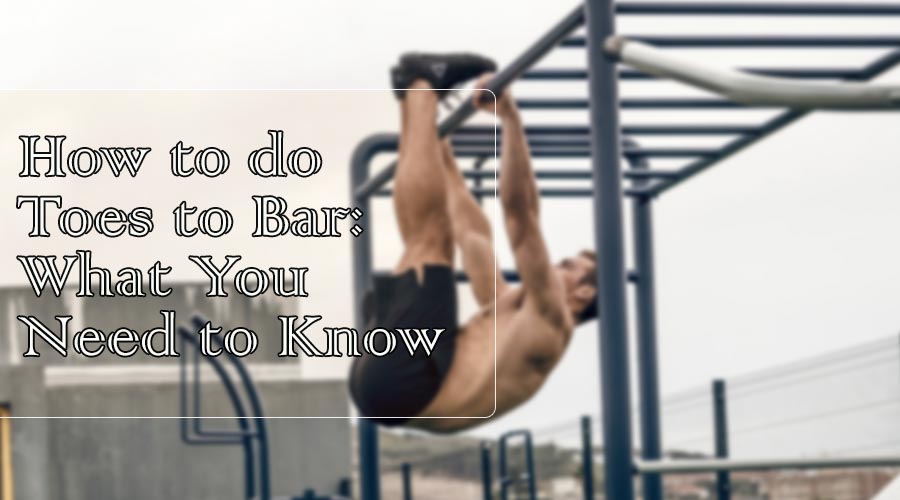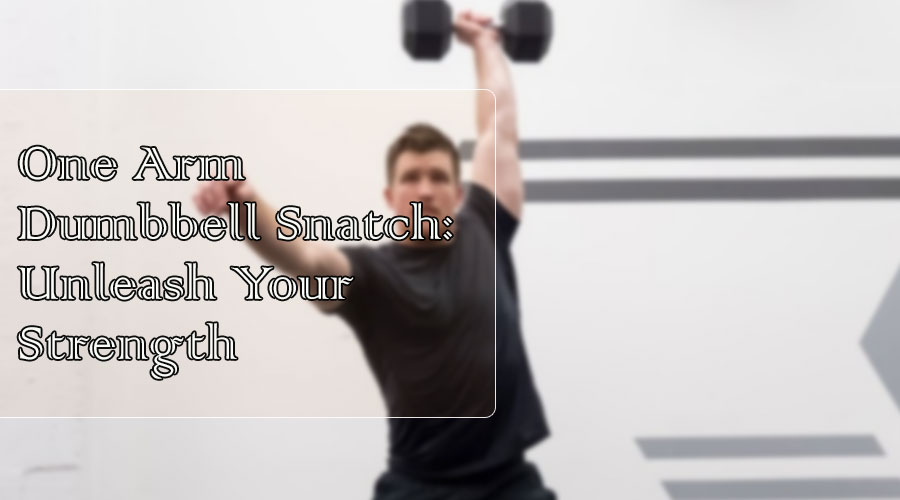Toes to bar is a popular and effective core exercise that can be used to improve strength, coordination, and balance. It is an advanced movement that requires the full activation of the upper body, core muscles, and hip flexors. Today, you will learn how to safely perform toes to bar so you can start incorporating it into your training routine. We will cover proper form, tips for scaling the movement, and common mistakes to avoid when performing toes to bar.
What is Toes to Bar?
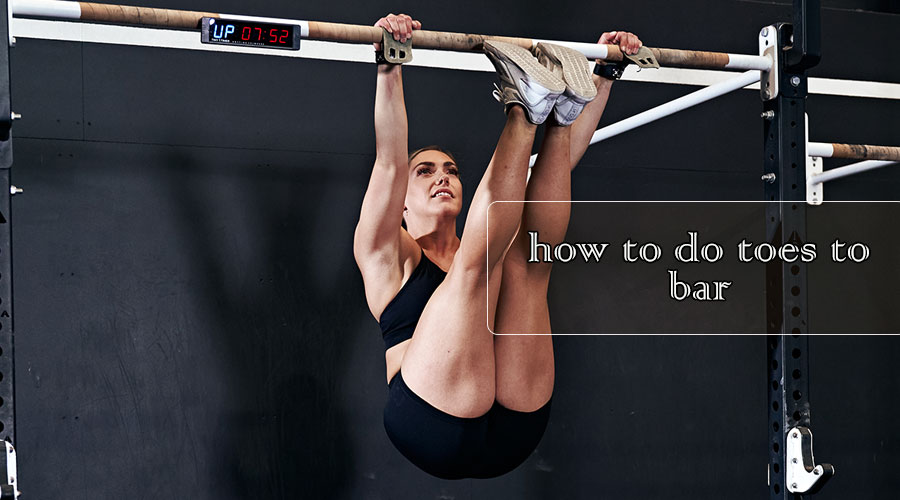
Toes to Bar is an exercise that has become increasingly popular within the fitness community. It is a type of gymnastics movement that combines abdominal strength and coordination to move from a hanging position with arms extended, to touching one’s toes with both hands at the same time. The exercise can be performed on rings, pull-up bars, or any other similarly designed apparatus. It is a full body workout that works not only the core muscles, but also strengthens the upper body, back muscles and shoulders.
Toes to Bar requires practitioners to have good core stability as well as arm and shoulder strength in order to keep their bodies in proper alignment while performing the movement. In addition, they must have proper timing when transitioning between each part of the movement in order for it to be performed correctly.
Step 1: Proper Form
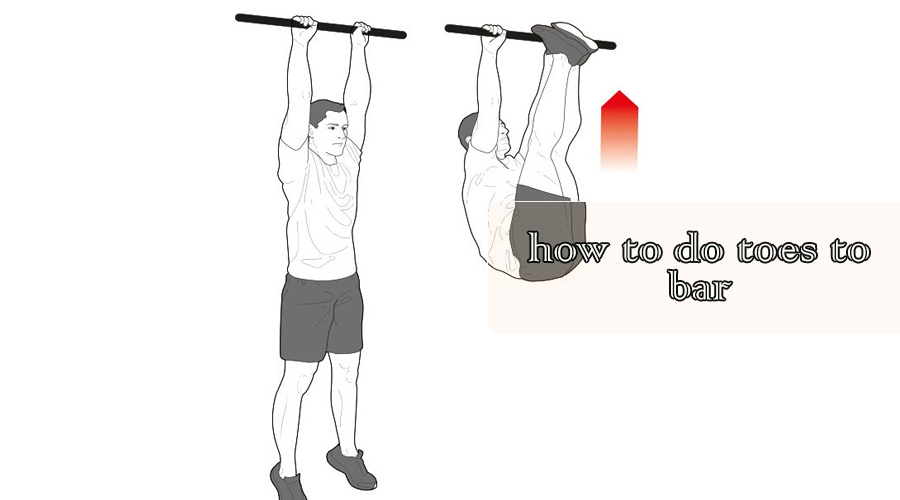
Toes to bar is an important skill to master in the world of gymnastics. It requires strength and mobility, but having proper form is key for achieving the perfect toes to bar. Step 1 of this exercise focuses on proper form, which will allow you to increase your reps as well as reduce your risk of injury.
The first step when performing a toes to bar is hanging from a pull-up bar with your arms slightly bent at the elbows. Your grip should be wide enough that you can maintain control throughout the entire motion and not just during the hang. To keep your shoulders engaged, ensure that you are squeezing them and engaging the muscles around them. You should also keep your core tight by squeezing it together and pressing out against it like you would when doing a plank exercise.
Step 2: Assisted Toes to Bar
Once the basics of Toes to Bar have been mastered, the next step is learning how to do assisted Toes to Bar. This exercise requires assistance from a partner or spotter, so it’s important to stay safe and maintain proper form throughout the exercise. To begin, position yourself as if you were doing regular Toes to Bar: hang from a pull-up bar with an overhand grip, maintaining a hollow body shape. Keeping your hips at full extension, drive your toes up towards the bar as you engage your core muscles. At this point, your partner should assist you in bringing your feet up by providing gentle support with their hands on either side of your feet. Once you reach the top position where your legs are fully extended and parallel with each other and perpendicular to the floor, hold for one count then slowly lower yourself back down into starting position.
Step 3: Leg Raises
Once you have mastered the first two steps of learning how to do toes to bar, it’s time for step three. Step three is leg raises. Leg raises are one of the most important steps when learning how to do toes to bar because they will help build your abdominal strength and give you the power needed to pull your legs up into the air.
Start by laying on your back with a mat underneath you for cushioning, and keep your legs straight as if you were going to perform a sit-up. Make sure that your knees are slightly bent so that they don’t lock in place. Now begin raising both of your legs at the same time until they make a ninety-degree angle with your torso and pause at this position before lowering them back down slowly and repeating again.
Step 4: Kipping Drill
This drill consists of using your hips and full body momentum in order to propel yourself up into the finish position. For this drill, you will need a pull-up bar, chalk or gym gloves for grip and a mat or soft surface (you don’t want to damage your shins). Begin by gripping the pull-up bar with both hands slightly wider than shoulder-width apart. Engage your core by pulling your navel toward your spine and keep your shoulders down away from ears. Start swinging back and forth like a pendulum while maintaining tension in the upper body muscles. As you swing forward, use that momentum to lift yourself off the ground as high as possible while keeping legs straight with toes pointed toward ceiling.
Step 5: Full Toes to Bar
Once you have mastered the preceding steps, it is time to tackle the full toes to bar. To execute this exercise, start by getting into the hanging position with your arms slightly bent, and your legs fully extended in front of you. Your feet should be close together and pointed, with your toes pointed towards the bar. Make sure you are maintaining tension in your core at all times during this exercise.
To begin, drive upward by pressing through the palms of your hands, while simultaneously bending at the hips and drawing your knees upwards towards the bar. As you move up towards the top of the range of motion, press through effortlessly with both legs as one unit whilst continuing to maintain a tight core throughout. As one leg reaches up to touch or grab hold of the bar while bringing its opposite leg up following behind – keep breathing!
Benefits: Increased Strength, Flexibility
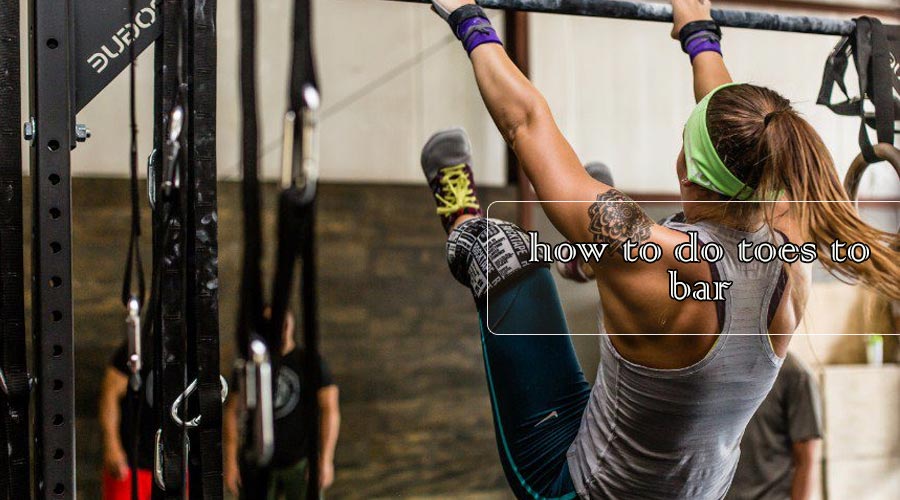
One of the most beneficial exercises for any athlete is doing toes to bar (T2B). It requires a combination of strength, balance and flexibility, thus making it an excellent whole body workout. T2B helps athletes develop their core stability, increase their static and dynamic flexibility, as well as strengthen muscles in the legs, hips and upper body. Doing this exercise also helps improve one’s balance and coordination. Regular performance of toes to bar can lead to increased overall physical performance, improved posture and injury prevention.
When done correctly and consistently practicing T2B can help athletes gain full range of motion in their hips which will help them move better during other exercises or sports activities. This exercise also helps build strength throughout the entire body since it utilizes all major muscle groups while requiring people to keep proper form throughout each repetition.
Technique/Form: Kipping Motion, Tuck Position
The technique form of toes to bar (T2B) kipping motion and tuck position are essential skills needed to efficiently perform this difficult Crossfit movement. T2B requires coordination, strength, agility and control that can be achieved by developing these two fundamental components. The kipping motion entails a dynamic swing of the legs while maintaining tension in the lats and core muscles as they pull up towards the bar. The tuck position allows athletes to generate momentum required for the powerful hip extension necessary for success. Both constitute an advanced skill level that requires proper instruction, practice and technique refinement in order to master it.
Progressions: Knees to Elbow, Knee Raises
Progressions of Toes to Bar Knees to Elbow, Knee Raises is a great way to strengthen and condition your core. As someone who practices calisthenics, this exercise has been an essential part of my routine. Toes to bar involves hanging from a bar while bringing your toes up to the bar with each repetition. This movement helps build upper body strength, as well as grip and core stability.Knee raises involve bringing your knees towards your chest while maintaining an upright position on the bar. This is a great exercise for improving hip mobility and overall core strength. Lastly, knees to elbow involves keeping one leg in front of you while lifting it up and around your elbow in a circular motion. This exercise requires more balance than the other two yet also provides much improved abdominal muscles activation as well as improved coordination and agility.
Muscles Involved: Abdominals, Lats

Muscles involved in toes to bar exercises are primarily the abdominals and lats. The core muscles move the body’s center of mass from a hanging position towards the bar. It is important to engage both your abdominal and lat muscles when attempting this challenging exercise. This helps stabilize the body, enabling you to reach up to grab hold of the bar. Your lats act as brakes, with each pull creating tension on your arms that prevents you from swinging too far away from the bar. Additionally, they help keep your shoulders pulled down into a stable position throughout each rep. Your abdominals also play an important role in keeping your core tight throughout toe-to-bar movements by helping balance out pulling forces created by your lats and supporting trunk rotation necessary for reaching the bar with ease.
Repetition and Sets
Repetition is key when it comes to mastering the Toes to Bar exercise. This full-body movement requires strong core muscles and agility, making it an effective workout for both beginners and experienced athletes alike. When done correctly, the Toes to Bar can help improve posture, balance, and overall body strength.
Athletes looking to master this move should start by slowly performing 1-2 sets of 5 repetitions with a light weight or no weight at all. As their skill level improves, they can increase reps in each set as well as add additional sets per session. It’s important for athletes to focus on form over speed during each repetition, so that they don’t risk injuring themselves while doing the exercise incorrectly.
Safety Guidelines
Toes to Bar (T2B) is an effective yet challenging bodyweight exercise that requires skill and coordination. For athletes, T2B can become an integral part of any strength training program. To ensure a safe and successful experience with the exercise, it is critical to follow all safety guidelines while doing them.
To begin with, make sure your grip is secure on the bar before you initiate each rep. Keep your back straight throughout the movement and avoid using momentum to get your toes up to the bar – this could result in injury or bad form. Your core should remain tight as you pull yourself up on the bar, so that you don’t swing too much during each rep. Additionally, if you are new to this exercise, start off slowly and use a spotter for assistance until you build enough strength and confidence in your movements not to require one.
Conclusion: Practice and Patience
Practice and patience is an important part of increasing your skill level. This challenging exercise requires a combination of strength, coordination and flexibility in order to be successful. With consistency and dedication to the practice, you can find yourself mastering the toes to bar movement in no time!
This gymnastics-inspired workout engages the core, back and hamstrings as it works the entire body. The key is to focus on proper form as you master each step of the technique. To begin, it’s important to start with a low number of reps and increase as your strength improves. By taking breaks in between sets, you allow yourself time for rest and recovery while improving your overall movements. As with any exercise routine, patience is essential – so take your time!
Frequently Asked Questions (FAQ)
Why cant I get my toes to the bar?
It’s a common question asked by those starting out in calisthenics and wanting to reach their fitness goals. Calisthenics exercises, such as the “toes-to-bar” move, require strength and flexibility. In order to achieve this move, you must have both good core stability and upper body strength.
In order to master the toes-to-bar movement, there are several aspects of your training that need to be addressed. First, focus on strengthening your core muscles with exercises like planks or ab rollouts. Additionally, work on increasing your shoulder mobility by doing shoulder stretches daily. Finally, practice hanging from a bar for as long as possible each day in order to increase grip strength.
Is Toes to Bar safe?
The answer is yes! As long as you are using proper form and following the correct technique, toes to bar can be a safe exercise for athletes of all levels. While it may seem intimidating at first, there are several simple modifications that can help make the move safer if you’re not yet ready for a full toes-to-bar movement. For example, swinging your legs back up towards the pull up bar instead of kicking them up will help protect your back from strain or injury.
What muscles are tight if you can't touch your toes?
The hamstrings and calf muscles are two primary muscle groups that are affected when someone cannot touch their toes. Tightness of these muscles can lead to pain and discomfort when trying this exercise. Additionally, tightness in the glutes and hip flexors could also add to the challenge of touching one’s toes.
Toe-touching is an important functional movement skill that everyone should have. It not only helps improve range of motion around the hips, but also increases balance and stability as well as flexibility throughout the body.

